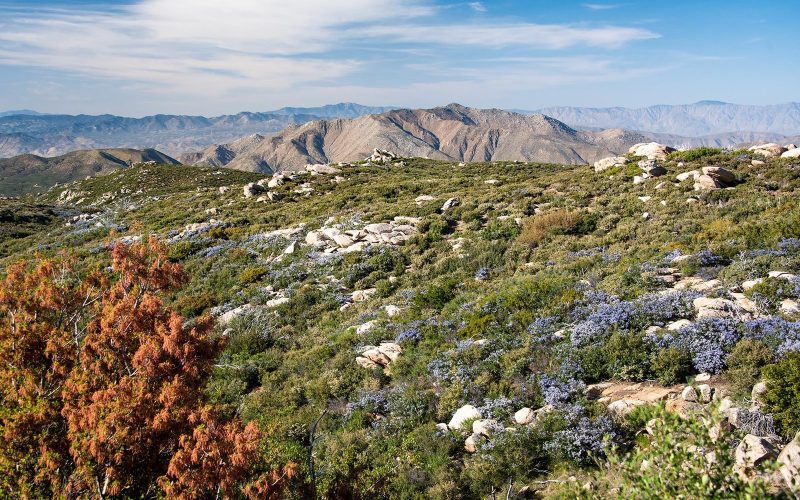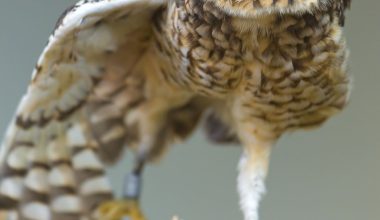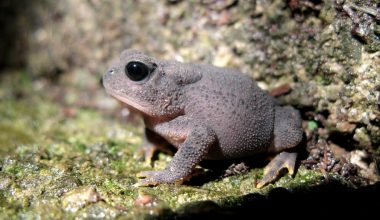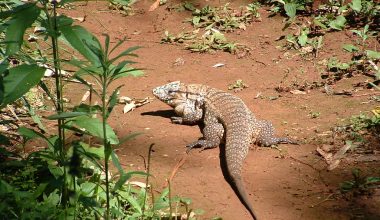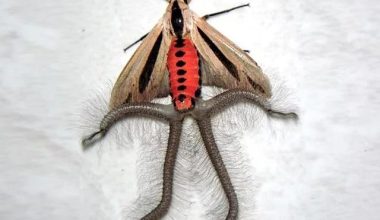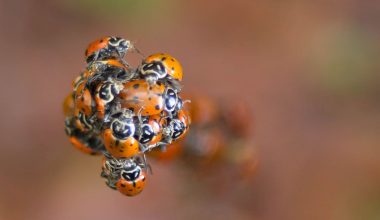Chaparral (pronounced with ‘sh’ as in shell) is a scrubland that covers regions of the west coast of North America, lying mostly in California and Baja California. These regions have light rainfall. If not for the small drought-adapted shrubs, these are not very different from deserts. In other parts of the world, the chaparrals see a bit more rainfall and are a soothing sight to behold. Chaparrals are also called Mediterranean Forests. We will discuss some of the interesting facts about Chaparral Biome.
You don’t need to use your imagination as far as you may imagine visualizing the chaparral biome. You have most likely seen chaparral if you’ve ever watched a Western-themed film. The term “chaps,” which refers to the cowboys’ protective leather trouser guards, actually derives from the Spanish word “chaparro,” which means scrub oak, a hardy woody plant that predominates in this region.
If you’re not too familiar with cowboys and the wild west, consider the stunning, sweeping aerial images of the Greek or French coasts that many romance movies use as their opening credits. In any case, the image you are likely conjuring is one of a semi-arid expanse of land, heavily covered in a variety of bushes and grasses, with bright blue skies overhead and warm, dry sun. Numerous people reside here and it makes for some fantastic movie sets because of its pleasant climate and coastline location. In addition, it is home to a large variety of fascinating creatures and plants! This article will explain Chaparral biomes that have been discovered in various parts of the world. Here is a list of interesting facts about Chaparral Biome
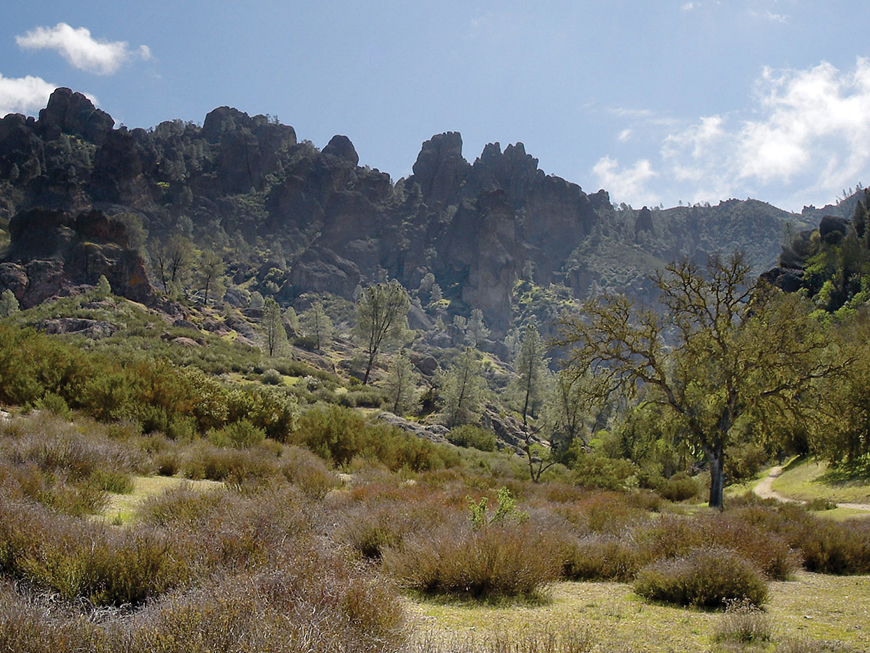
Image Source: Wikimedia
Interesting Facts About Chaparral Biome
1. Locations
Globally, these biomes are placed where westerly winds first come into contact with continents. Therefore, we observe these biomes at the western end of the continents. Moving around the globe we see these types of landscapes on the West Coast of America. Generally, California and adjoining states. The typical vegetation shown in the wild west movies is all chaparral landscape. Down south, along the coast of South America, the same biomes occur. Along the Cape of South Africa and the coast of the Mediterranean, the vegetation is again mostly shrubs and the land is dry. This must give you a pretty good idea of how the chaparral biomes look. Given this information, you now probably guess what the western end of Australia looks like.
Also Read: 10 Interesting Oyster Facts
2. Terrain
The terrain is variable across chaparral biomes. There are hills, plains, and mountainous slopes that feature this type of vegetation. The climate is the main deciding factor for the growth of such biomes although terrain also plays a key role in what kind of plants and animals inhabit the region.
3. Fires
Fires are a key part of the chaparral biome. The plants in these regions are called pyrophytes. Due to the climatic and vegetation condition, these regions are prone to fires. Natural events like lightning cause fires and burn vegetation. The pyrophytes are plants that have adapted to this environment and now even depend on these fires for nutrient replenishment, reproduction, and removal of dead organic material from an area.
Human activities have affected the balance of these biomes negatively. The fires for pyrophytes and the time interval between them for the growth of other species should be evenly spaced. If fires are suppressed as human activities have done recently, there can be fuel build-up which leads to devastating fires which destroy the entire landscape. The debate surrounding the importance of fires in chaparral biomes is still going on and we are learning more ways how various components of nature interact with and lead to consequences that we see on the outside.
4. Climate
Summer is the longest season in the chaparrals lasting about half a year with temperatures ranging from 15 to 30 degrees Celsius. The hotter places go up to 38 degree Celsius although that is not common. The annual average temperature is around 18 degrees which is quite pleasant and is one of the reasons why these are popular living zones. Rainfall is not very big on the chaparral scene as one might guess. Summers are pretty dry with less than 5 cm of rainfall (less than 2 inches).
On the other hand, winters have more than 40 cm of rainfall and may go up to 44 cm. Sun is mostly shining in this region and there is pretty low to no cloud cover. The clouds start appearing only in winter and there is less daylight. Still, there is not much of a difference unless you move towards the north or south extremes.
5. Soil
Soil is rocky, low in humus and nutrients, and has low water retention capacities. Only plants and animals suited to such harsh conditions survive here. The soil texture is coarse and is vulnerable to erosion. Wind erosion is quite common. In the rainy season, the temporary water channels also erode away the soil.
6. Flora
Chaparral may seem insignificant for contribution to flora but don’t let that fool you. These regions house many endemic species and it is estimated that more than 20% of all vascular plants can be found in these regions. The landscape mostly contains shrublands, scrublands, savanna, and grasslands. Different species of plants grow in symbiotic relations with each other interspersed across the biome.
Trees are less frequent as fires and dry climate ravage the landscape regularly. The chaparral biomes host what is called sclerophyll vegetation. This is vegetation with hard leaves attributed to the waxy coating of thick leaves found here. This adaptation helps them retain water in the summer. Some of the common trees found here are Eucalyptus trees, Acacia, and Cork Oak for trees.
Also read: 10 Types Of Chaparral Animals In The World
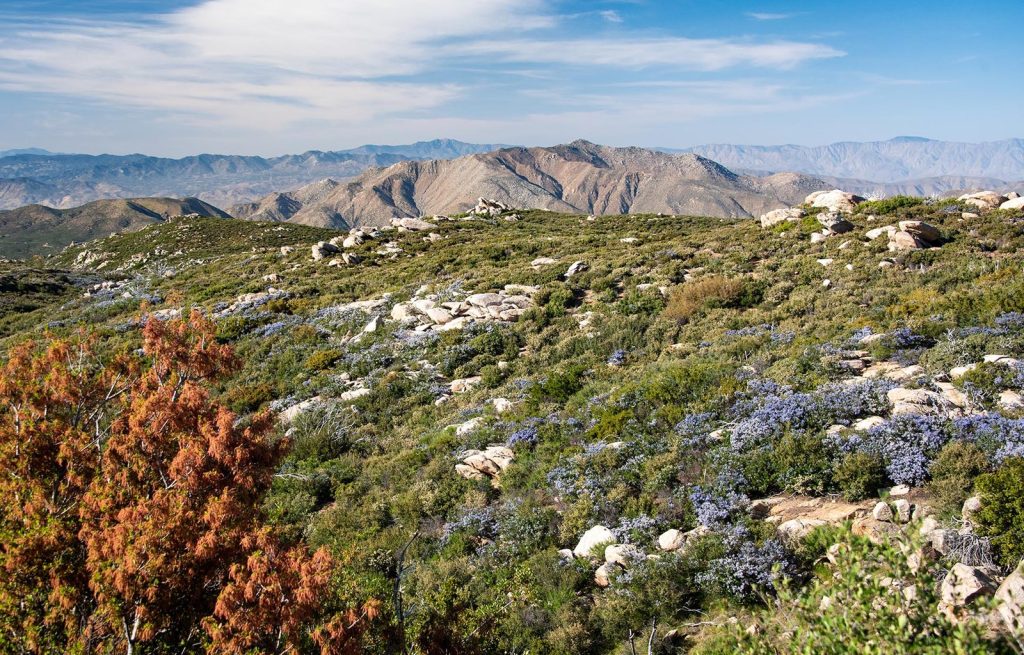
Image source: Wikimedia
7. Fauna
Animals have also adapted to live in this biome and thrive. The main challenge is water and different species have found different ways to tackle this issue. The most common way is to reduce water loss in excretion. The chaparral wildlife leaves are very dry droppings. Some animals reabsorb the water before excretion and others super concentrate their urines.
Moving away from the issue of animal excretion, another challenge is beating the heat of the summer. The smaller animals found here burrow in the ground to cooler spots. They slow their metabolism to avoid water loss and expend less energy. They also acquire their water needs from plant nectar or from succulent plants like cacti.
Rabbits have adapted longer ears to help in heat loss, while kangaroos coat themselves with saliva to help in cooling by evaporation. Many animals have nocturnal habits to avoid altogether having to deal with the heat of the sun.
8. Human Impact on the Chaparral
Since chaparrals exist in a delicate balance between elements of nature like fire water and soil, the slightest disturbance is devastating. More plants have gone extinct than we can keep track of as the vegetation cover recedes. Deserts advance in these regions due to land degradation. Overgrazing and urbanization and introduction of exotic species are other issues that harm the native chaparral biomes.
Another and more serious factor is the fire frequency. Due to human impact, the temperatures have gotten hotter and there is less rain and moisture. Fires whenever they break out, which they inevitably do burn through this built-up dry fuel and devastate the landscape damaging the plant animal and human lives indiscriminately.
9. The world can be categorized into three geographical regions: polar, tropical, and temperate, based on the lines of latitude (the fictitious lines that run east and west on our planet). The most northern and southern regions are the polar regions (between 66° and 90° lat), while temperate regions are located closer to the equator (between 23° and 66° lat), and tropical regions are located in the middle (between 0° and 23° lat), encircling the equator. The temperate areas between 30° and 50° north and south latitude, from sea level up to approximately 1500 m (4900 ft), are home to this biome.
10. The semi-arid Mediterranean climate is frequently seen where cool, wet air from the ocean meets dry, warm land masses, usually along the west coast. The chaparral covers somewhere between 2-5% of terrestrial earth and is found on multiple continents, each with its own name: North America: Chaparral, Greece: Phrygana, Israel: Batha, Portugal: Matagal or Mato, Southern Europe (France and Italy): Maquis, Southwest Australia: Kwongan or mallee, South Africa: Fynbos and Spain, Mexico and Chile: Matorral.
11. We are interested in both the vegetation present and the abiotic variables, or nonliving qualities, such as precipitation (rain and snowfall), when identifying a biome. The plant communities of the chaparral are highly diverse (described later), although they are frequently characterized by a complex “mosaic” of species and a high level of plant biodiversity. It is one of the interesting facts about Chaparral Biome.
12. They typically have an understory of different plants and grasses and are dominated by densely growing, resilient, evergreen shrubs. What are the common abiotic characteristics that characterize the shrublands, despite the fact that this biome is highly diverse? Although not quite as harsh as a region like the northern tundra, the climate here is considered semi-arid, and the seasons of summer and winter are extremely distinct. Winters are pleasant and damp, whereas summers are hot and dry.
13. This Chaparral Biome’s low moisture content produces many bright, scorching days with little cloud cover, much like the desert. The contrast is more pronounced in chaparral ecosystems farther north or south, but it is not overly dramatic. Winter also has more cloud cover than summer.
14. Most of the time, the soils around here are poor; they are dry, stony, nutrient-poor, and have a limited water-holding capacity. The soil will vary depending on the geography, environment, and plant community, but in general, soils are challenging for plants to grow in.
15. Overall, there aren’t enough nutrients and water, which leads to unique root adaptations (more on this later) and only the hardiest plants being able to survive. In addition to being dry and gritty, this soil is also easily blown away by the wind, making it prone to erosion. This is especially true along the coast where chaparral is frequently found on rocky cliff walls. In wetter locations, luvisols are more prevalent, while in drier or more xeric environments, inceptisols and entisols are most prevalent.
16. Over 2,000 different plant species can be distinguished by their distinctive hard, tiny leaves that can store a lot of moisture. Some plants also have hairy leaves, which are made to hold onto and use water well. The root systems of plants in the chaparral biome are constructed to absorb as much water as possible.
17. Poison oak, Yucca Wiple, shrubs, toyon, chamise, trees, and cacti are typical plant species in the biome. In the biome, oak, pine, and mahogany trees all thrive. Australian chaparral is primarily made up of dwarf eucalyptus trees. Only plants with hard leaves, such as scrub oaks and chamise shrubs, can survive the prolonged summer.
18. The interaction between the chaparral and fire is another distinguishing characteristic. Because there are frequent fires in the chaparral, much like the boreal forest biome, local life has adapted to coexist with and even depend on these flames. Fire, whether it is from natural causes or human activity, has had a significant impact on the ecology of the Mediterranean ecoregions. This area is prone to fires due to factors including dry, scorching summers, and lightning-caused fires are rather prevalent. Many of the plants in this area are pyrophytes or fire-lovers and rely on fire for reproduction, nutrient recycling, and clearing the area of dead vegetation.
19. The indigenous people in the Mediterranean climate ecoregions of Australia and California utilized fire to remove brush and trees to make room for grasses and herbaceous flora that nourished both them and game animals. The pyrophyte species in these places became more prevalent and more fire-loving as a result of the frequent human-caused fires, while plants unable to adapt withered away. However, with the onset of European colonization, fires in these ecoregions were put out, leading to certain unexpected consequences like fuel accumulation. Due to this, flames are far more destructive when they do occur, and several species that depend on fire for reproduction are now in danger.
20. Here, there is a crucial balance. These areas require regular fire, but not too frequently, as it is easier for non-native species to take over if native plants are not given the time to recover between fires. Fortunately, research on and understanding of the significance of fire in particular ecosystems have resumed, and managed to burn together with effective fire protection is becoming more popular.
These are some of the interesting facts about
